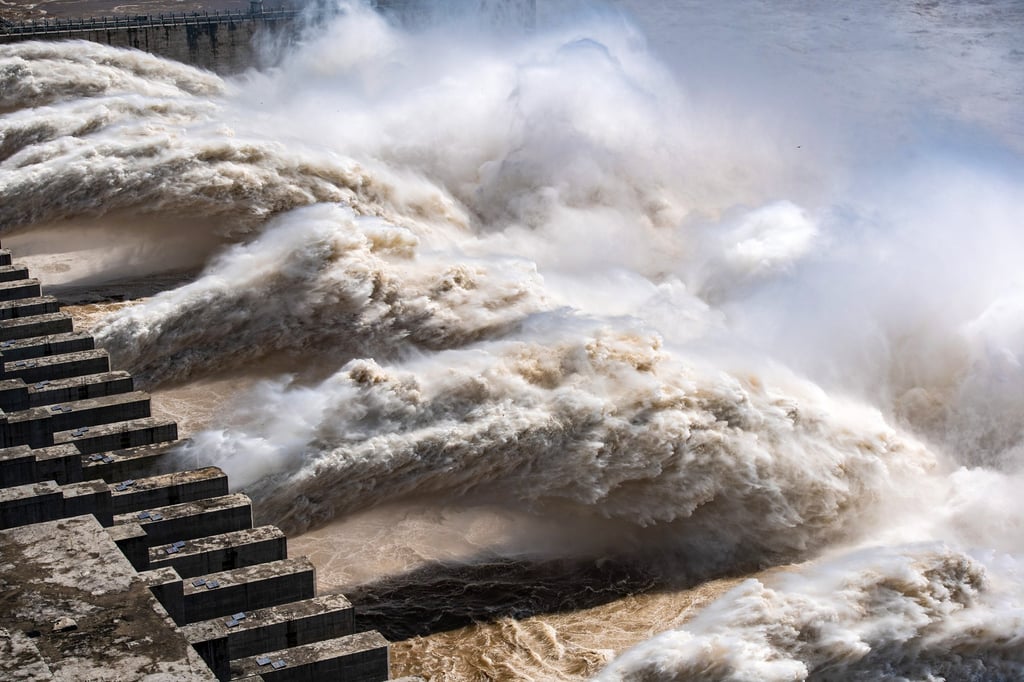On the eastern rim of the Tibetan plateau, China envisions a future powered by the roaring waters of the Yarlung Tsangpo, also known as the Brahmaputra. The river will be the site of a mega dam – the world’s most ambitious to date – that promises to bring clean energy, jobs, infrastructure and prosperity to the region.
Advertisement
Construction on the world’s largest hydropower dam began on Saturday, according to Premier Li Qiang, who called it the “project of the century”.
But the project is not just about electricity and economic benefits – the stakes are far higher. Regional security, ecological stability and the future of one of Asia’s great rivers all hang in the balance.
How big is the mega dam?
The dam will be situated in the lower reaches of the Yarlung Tsangpo, where a section drops 2,000 metres (6,562 feet) over a 50km (31 miles) stretch, creating immense hydropower potential. The dam is reportedly located in Medog, a remote county in the city of Nyingchi in the Tibet autonomous region.
When completed, the project will overtake the Three Gorges Dam as the world’s largest hydropower dam. It could generate three times more energy with five cascade hydropower stations – an estimated annual capacity of 300 billion kilowatt-hours (kWh) of electricity, more than Britain’s total annual power output.
It is estimated to cost around 1.2 trillion yuan (US$167 billion), dwarfing many of the biggest infrastructure undertakings in modern history at around five times the cost of the Three Gorges Dam and even more expensive than the International Space Station.

Why is it important?
The project was first announced in 2020 under China’s five-year plan as part of a broader strategy to exploit the hydropower potential of the Tibetan Plateau, with feasibility studies dating back to the 1980s. Beijing authorised the dam’s construction in December 2024.

